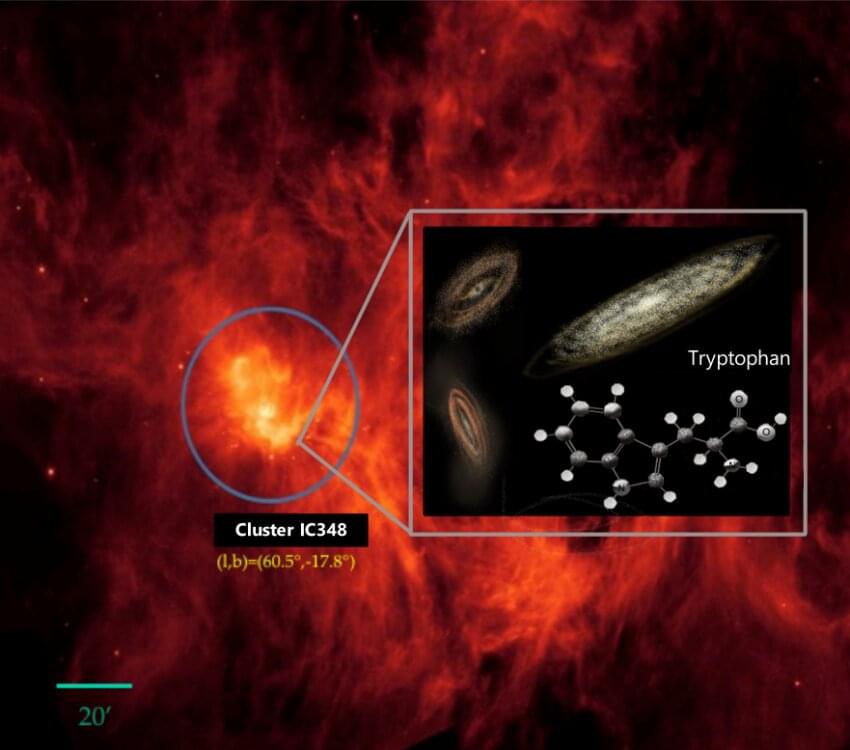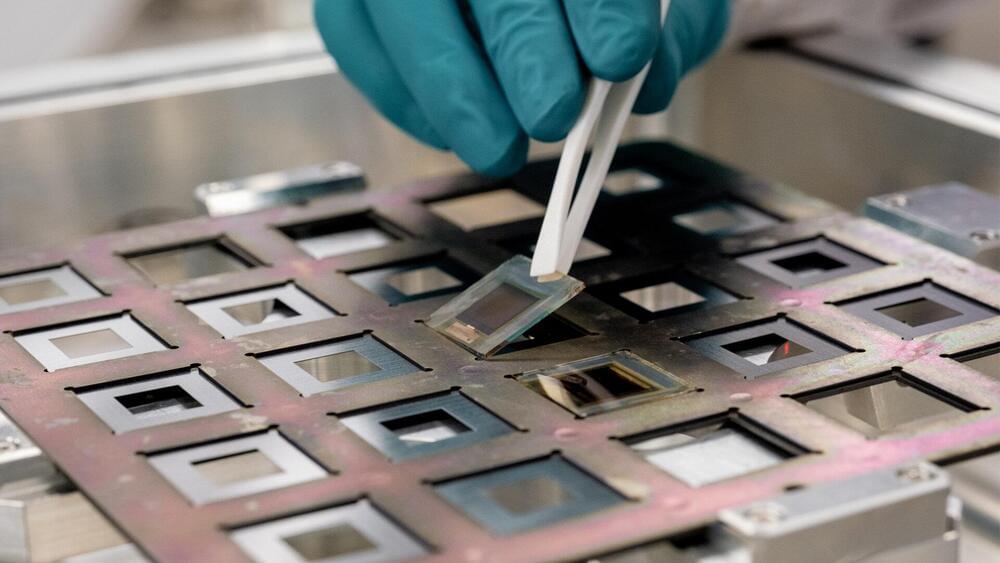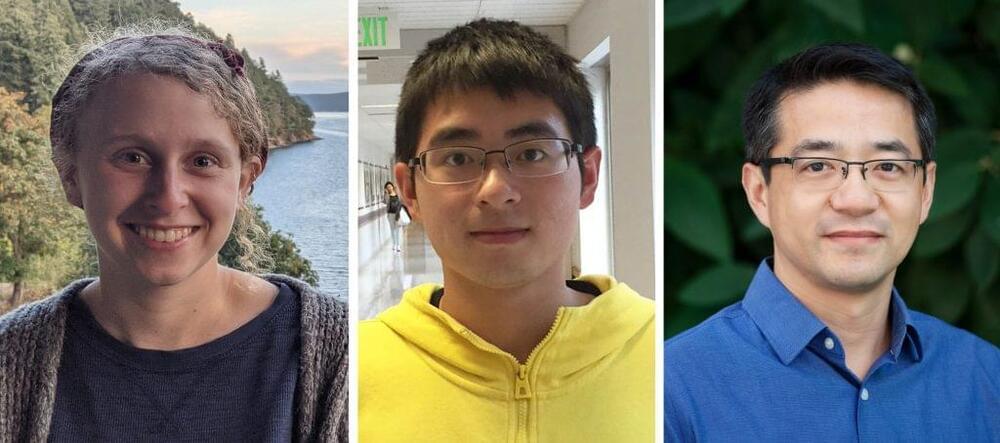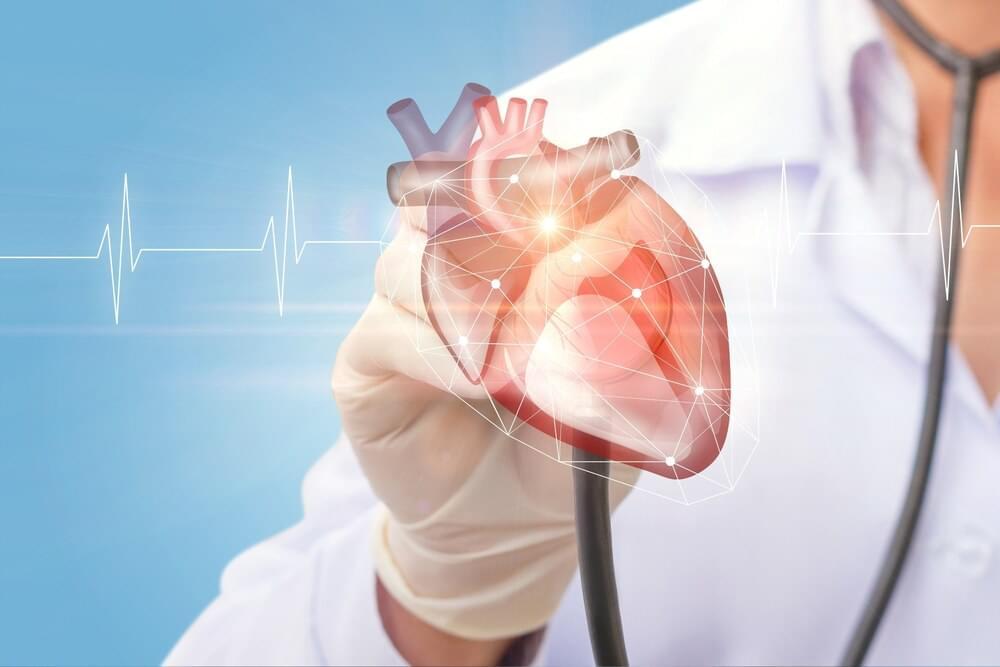
Using data from the Spitzer space observatory, Dr. Susana Iglesias-Groth, a researcher from The Instituto de Astrofísica de Canarias (IAC), has found evidence for the existence of the amino acid tryptophan in the interstellar material in a nearby star-forming region. The research is published in Monthly Notices of the Royal Astronomical Society.
High amounts of tryptophan were detected in the Perseus molecular complex, specifically in the IC348 star system, a star-forming region that lies 1,000 light years away from Earth—relatively close in astronomical terms. The region is generally invisible to the naked eye, but shines brightly when viewed in infrared wavelengths.
Tryptophan is one of the 20 amino acids essential for the formation of key proteins for life on Earth, and produces one of the richest pattern of spectral lines in the infrared. It was therefore an obvious candidate to be explored using the extensive spectroscopic database of the Spitzer satellite, a space-based infrared telescope.

















